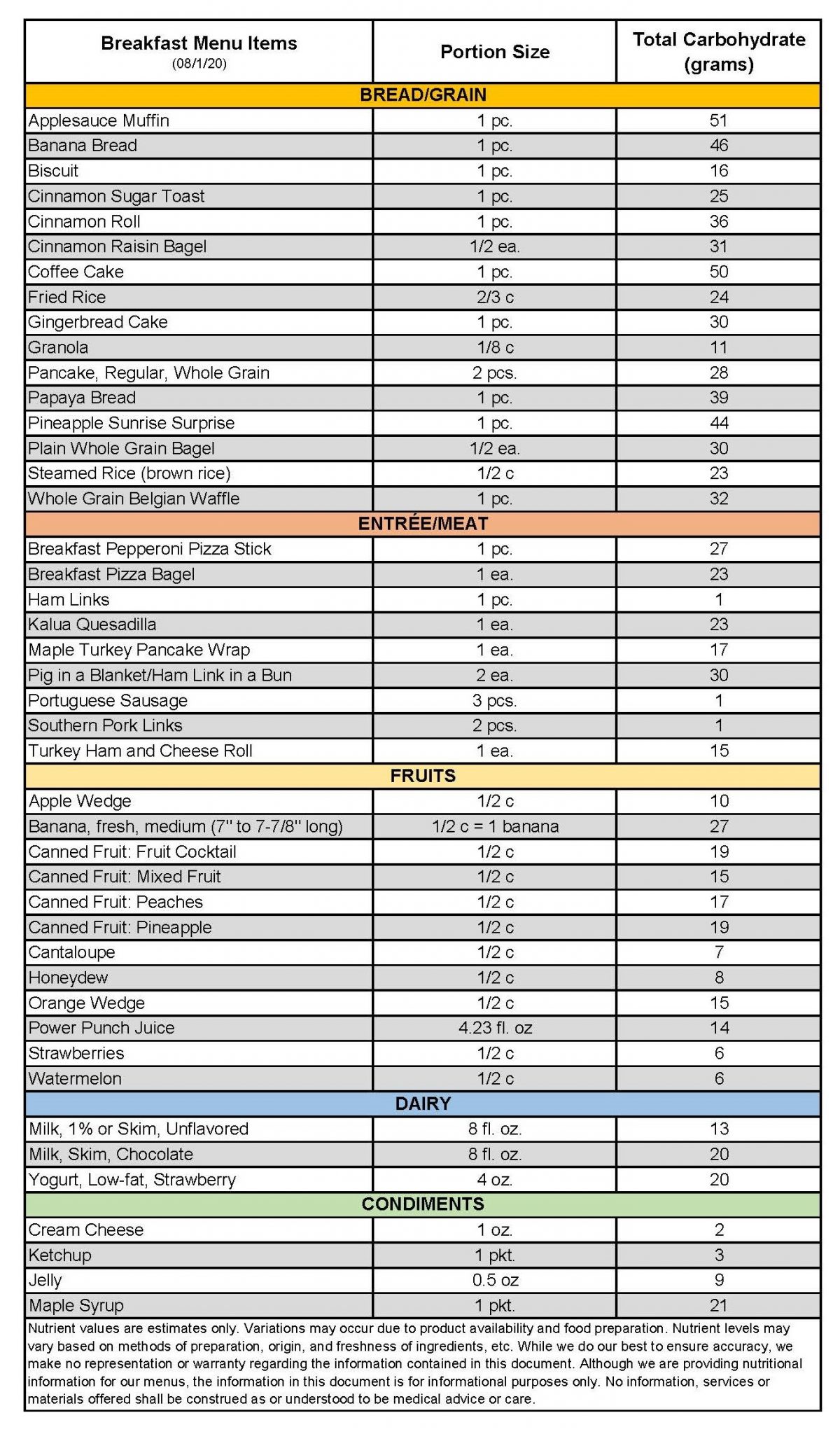how to count carbohydrates in food How to count carbohydrates for diabetics
Carbohydrate counting is a common practice for diabetics. With this technique, diabetic individuals can control their blood sugar levels by monitoring and managing their carbohydrate intake. Carbohydrates are one of the three macronutrients found in food, along with protein and fat. They are the most significant source of energy for your body. Therefore, it is essential to count carbohydrates for maintaining a healthy diet. Here are some key points to keep in mind when counting carbohydrates for diabetics.
Why Count Carbohydrates
 All types of carbohydrates are broken down into glucose by the digestive system. The glucose then enters the bloodstream, raising your blood sugar levels. High blood sugar levels can lead to serious health complications. For diabetics, counting carbohydrates allows them to manage their blood sugar levels. It helps them to understand how much insulin they need to take, or how many carbs they can eat at one time. Because of this, counting carbohydrates is a vital part of managing diabetes.
All types of carbohydrates are broken down into glucose by the digestive system. The glucose then enters the bloodstream, raising your blood sugar levels. High blood sugar levels can lead to serious health complications. For diabetics, counting carbohydrates allows them to manage their blood sugar levels. It helps them to understand how much insulin they need to take, or how many carbs they can eat at one time. Because of this, counting carbohydrates is a vital part of managing diabetes.
How to Count Carbohydrates
 When counting carbohydrates, you must pay attention to the amount of carbohydrates in the food you’re eating. Carbohydrates are measured in grams. Some foods with high carbohydrate content include grains, fruits, and starchy vegetables like potatoes and corn. For example, a medium-sized apple contains about 25 grams of carbohydrates. A cup of cooked rice has around 45 grams of carbohydrates. By knowing these types of information, diabetics can control their portions and manage their carbohydrate intake.
When counting carbohydrates, you must pay attention to the amount of carbohydrates in the food you’re eating. Carbohydrates are measured in grams. Some foods with high carbohydrate content include grains, fruits, and starchy vegetables like potatoes and corn. For example, a medium-sized apple contains about 25 grams of carbohydrates. A cup of cooked rice has around 45 grams of carbohydrates. By knowing these types of information, diabetics can control their portions and manage their carbohydrate intake.
The Benefits of Counting Carbohydrates
 One of the significant benefits of counting carbohydrates is that it helps diabetics to maintain healthy blood sugar levels. Doing so can help prevent complications associated with high blood sugar levels, such as nerve damage, kidney damage, and blindness. Additionally, carbohydrate counting helps individuals to maintain a healthy weight. By monitoring their carb intake, they can manage their energy levels and reduce the risk of obesity, which is a significant contributor to diabetes.
One of the significant benefits of counting carbohydrates is that it helps diabetics to maintain healthy blood sugar levels. Doing so can help prevent complications associated with high blood sugar levels, such as nerve damage, kidney damage, and blindness. Additionally, carbohydrate counting helps individuals to maintain a healthy weight. By monitoring their carb intake, they can manage their energy levels and reduce the risk of obesity, which is a significant contributor to diabetes.
Conclusion
Counting carbohydrates is a crucial part of diabetes management. By monitoring carb intake, diabetics can manage their blood sugar levels, reduce the risk of health complications, and improve their overall health. Careful attention to carbohydrate intake combined with regular visits with a healthcare provider are key elements of diabetic treatment.
If you are looking for Carb Counting - ʻAina Pono you’ve visit to the right page. We have 5 Images about Carb Counting - ʻAina Pono like Carb Counting - ʻAina Pono, Estimating Carbohydrate Content and also Carbohydrate Counting Food List.pdf | Vegetables | Cereals. Here it is:
Carb Counting - ʻAina Pono
 ainapono.orgEstimating Carbohydrate Content
ainapono.orgEstimating Carbohydrate Content
 accu-chek.co.ukHow To Count Carbohydrates For Diabetics | Taste Of Home
accu-chek.co.ukHow To Count Carbohydrates For Diabetics | Taste Of Home
 www.tasteofhome.comcarbohydrates rdn wendy peterson
www.tasteofhome.comcarbohydrates rdn wendy peterson
Carbohydrate Counting Food List.pdf | Vegetables | Cereals

How Many Carbs Should You Eat A Day With PCOS? - Martha McKittrick
 marthamckittricknutrition.comcarbs eat many carbohydrates food sources pcos should nutrition
marthamckittricknutrition.comcarbs eat many carbohydrates food sources pcos should nutrition
Carbohydrate counting food list.pdf. Carbs eat many carbohydrates food sources pcos should nutrition. How to count carbohydrates for diabetics